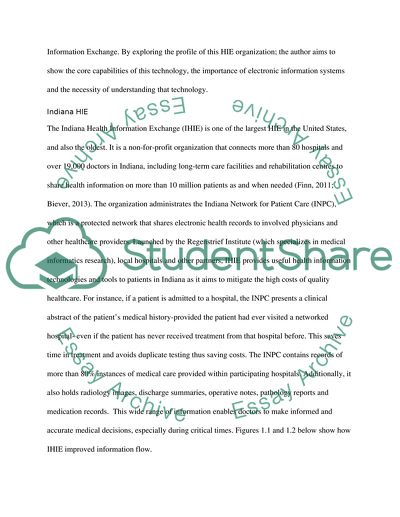Cite this document
(Health Information Exchange Organizations Essay - 1, n.d.)
Health Information Exchange Organizations Essay - 1. Retrieved from https://studentshare.org/health-sciences-medicine/1796610-profile-incorporate-and-compare-the-health-information
Health Information Exchange Organizations Essay - 1. Retrieved from https://studentshare.org/health-sciences-medicine/1796610-profile-incorporate-and-compare-the-health-information
(Health Information Exchange Organizations Essay - 1)
Health Information Exchange Organizations Essay - 1. https://studentshare.org/health-sciences-medicine/1796610-profile-incorporate-and-compare-the-health-information.
Health Information Exchange Organizations Essay - 1. https://studentshare.org/health-sciences-medicine/1796610-profile-incorporate-and-compare-the-health-information.
“Health Information Exchange Organizations Essay - 1”, n.d. https://studentshare.org/health-sciences-medicine/1796610-profile-incorporate-and-compare-the-health-information.


